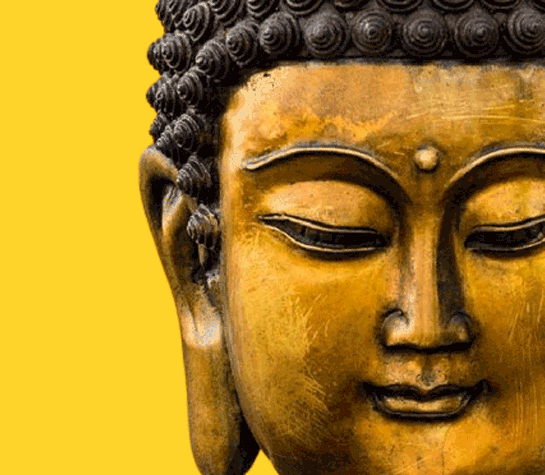An introduction to Ayurvedic Healing
Literally translating to the ‘science of life’, the ancient practice of Ayurveda is perhaps the most holistic system of natural healing one could follow today. Based on the principle of balance, Ayurvedic healing is founded on the belief that optimum health depends on the balanced integration of the mind, body and spirit.
Over the last few decades, Ayurvedic healing has gained immense popularity not only in India but all over the world. It is believed that Ayurvedic medicine and a proper diet can be useful in combating inflammatory, digestive, hormonal and autoimmune diseases.
Although its main aim is to promote good health, Ayurvedic treatment can also be used for treating various health issues such as digestive disorders, hypertension, allergies, high blood pressure, anxiety, depression and even fertility issues in women.
Doshas – the regulatory forces of Nature

According to Ayurveda, there are three energies or life forces known as doshas (Vata, Pitta and Kapha). The balance of the Doshas is linked to your health.
Each one of us inherits a unique mix of these doshas where one or two elements are usually predominant. Each of these primary forces control a different bodily function.
Vata – Primarily, Vata energy is in charge of motion, circulation, mobility, breathing and a few other vital body functions. People who have Vata as their dominant force tend to be thin, energetic, changeable and enthusiastic.
When Vata is out of balance, one may experience insomnia, anxiety, constipation, dry skin and an inability to focus.
Pitta – This energy force is connected to metabolic activities such as digestion, absorption of nutrients, energy expenditure and body temperature. People who have Pitta as their dominant dosha usually have a medium build and are determined, hard-working, intelligent and goal-oriented.
When Pitta is out of balance, one may become irritable or suffer from inflammatory issues or indigestion.
Kapha – Kapha or the ‘nourishing dosha’ controls growth and keeps the immune system strong. Those who have Kapha as their dominant dosha are supportive, grounded, forgiving, easy-going and nurturing.
When Kapha is out of balance, one may feel sluggish or experience weight gain and sinus congestion.

How Ayurvedic Healing works in practice
Unlike western medicine, Ayurvedic healing takes into account bio-individuality. An Ayurvedic practitioner will consider your unique physical and emotional makeup, your dominant energy force as well as the balance between the three doshas before coming up with a treatment plan.
The practitioner will look at your medical history, check your vital signs, inspect your gums and tongue, examine your skin and talk to you about your sleep routine and relationships. Based on this assessment, your practitioner will create an individualized treatment plan to cleanse your body and restore balance. This plan is often a mix of herbs, diet, exercises, massage, meditation and yoga.
Add the power of Ayurveda to your life
- Get up early in the morning to get some fresh air as well as positive energy.
- Begin your day with a glass of water as it can help flush out toxins from the body.
- Exercise for at least 30 minutes every day. Also, spare some time for meditation daily.
- Eat more fresh and seasonal vegetables and fruits.
- Use more herbs and essential spices in your cooking.
Although Ayurvedic healing seldom causes any side effects and is considered to be very safe, do consult a qualified Ayurvedic practitioner if you are considering it.
















Leave a Reply